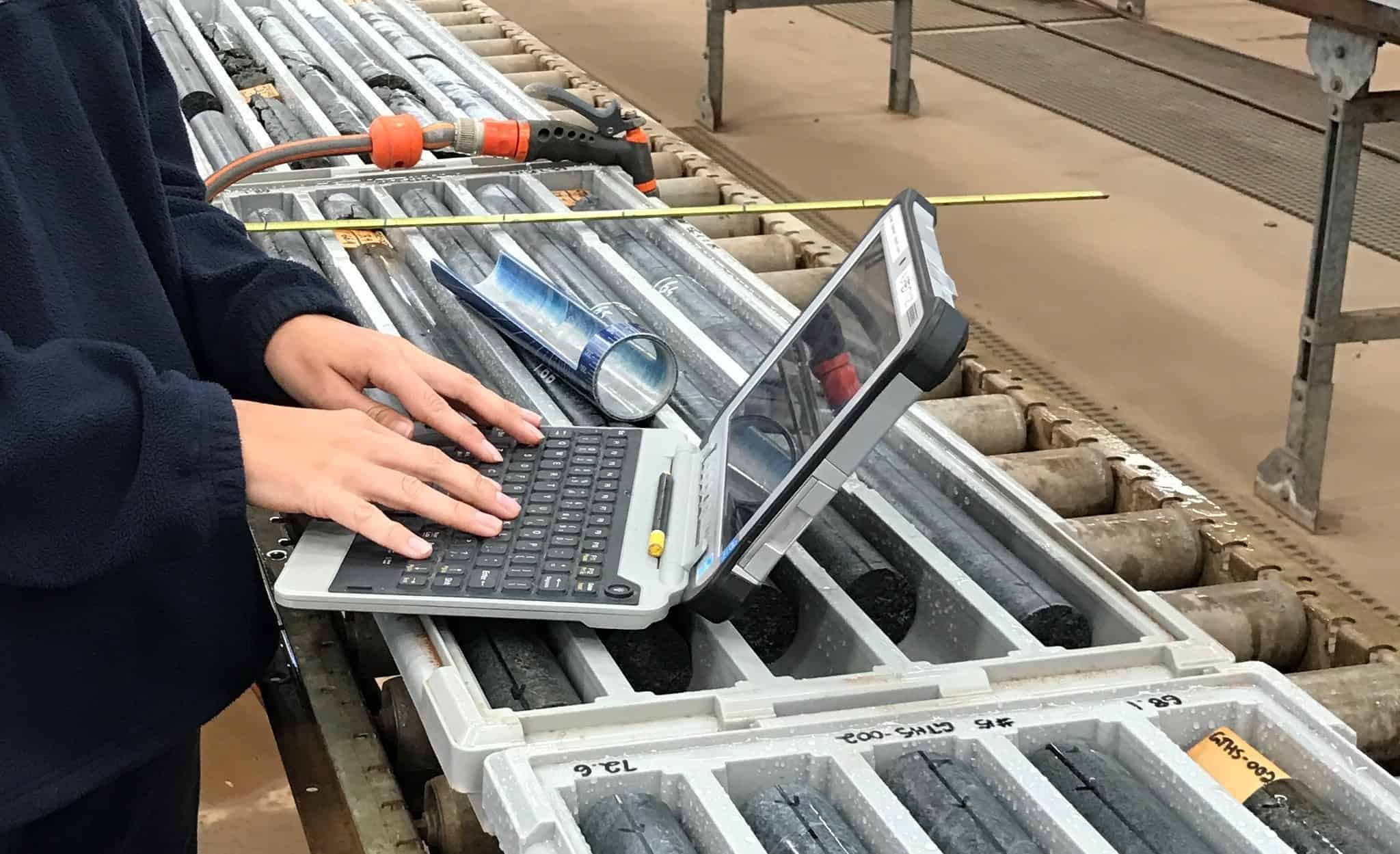We work on all sorts of projects for clients, big and small, the goal is always to make mining easier. Managing data generated over the life of a project presents a challenge to many clients, yet it should be an opportunity. Maintaining a database for geologic data is a necessity for any modern exploration project and a database solution built on SQL is industry standard.

Over the course of a project, many types of data will be collected, and it is important to have a solution to deal with all of it in one place. A robust geologic database solution should be a priority before any data collection or drilling takes place. Decisions made are only as good as the data collected and stored. A secure validated data solution underpins the whole project, for geologists and other decisions makers alike.
Explorers and miners know that validating their data and keeping it secure is important, yet focus is often only on holding the data instead of using it. As an industry, we cannot lose sight of what we are collecting data for, geologic models and resource estimates to name a few, but also further insight into our operation and practices. Unused or underutilized data is a missed opportunity, and potential waste of money.
A geologic database should not be thought of as something that you need, but rather a tool that your geologists, managers, and investors get to take advantage of. It is very important for geologic data to be easily accessible to for modeling and reporting, creating live links to field data can be a big advantage. However, with the data we already collect for modeling and reporting purposes there are chances to provide insight into topics generally left to conventional wisdom.
How does lithology affect my drilling speeds? How efficient are my geologists at logging during a 2-week rotation versus 3? Which drilling company spends the most time waiting for spare parts? A single point of truth for data, validated and easily accessible, is intrinsic to a modern-day exploration or mining operation. The database is a great first step in capitalizing on all the time, effort, and money put into data collection. The usefulness of a database goes beyond the geologist or modeler and can provide valuable insight to those often considered ancillary to the project.








